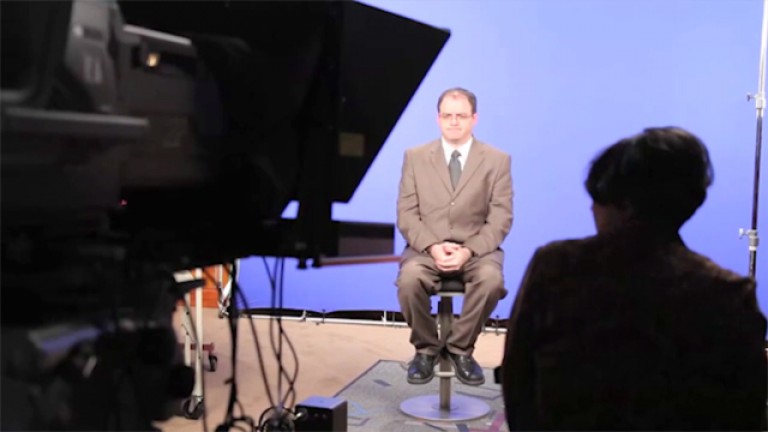
Transcript
In 2007, the Church Translation Division added an approved language for the deaf community-- American Sign Language, or ASL, shifted from special curriculum. Kim Day, manager of ASL translation, says they continue to produce a new standard. We follow the same process as any language. ASL is considered a foreign language approved by the Church, so we follow the same process as they do to translate any other language. And that's been wonderful to bring ASL out of the disability arena and bring it into the language arena. Unlike most language translation within the Church, ASL translation requires video production. It's a lot of work. Ours is different in that most other languages, they're printing from the English text to their text, where everything we do is filmed. So the production end of it is not a printed product, but a visual product. The Translation Division of the Church began to produce a new variety of ASL products within the last few years, due to an increasing need. A lot of people want more. They want more products out there because what they've seen so far, they've been really good products. For the deaf community it isn't just about the products. It's about hearing the gospel and feeling the Spirit in their native language. During my mission there was one film called The Mediator. And they had an interpreter. And I remember watching the movie several times and it hadn't really had any kind of an impact on me. But once I saw it interpreted, I realized that is the role of the Savior, Jesus Christ. That's the role that He has in our lives. And it really made sense to me by watching it through ASL. Even though I would read it, I would read the subtitles or the captions in English, I got the essence of it. But it just made it make more sense to me.